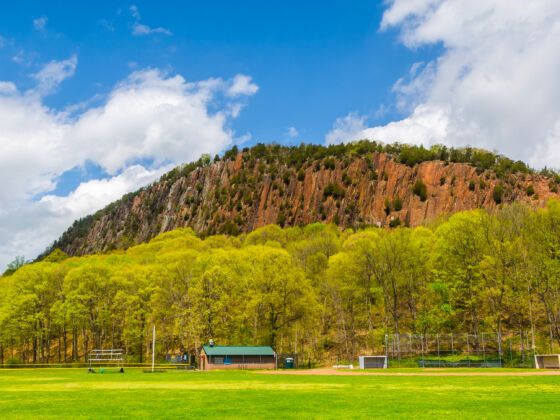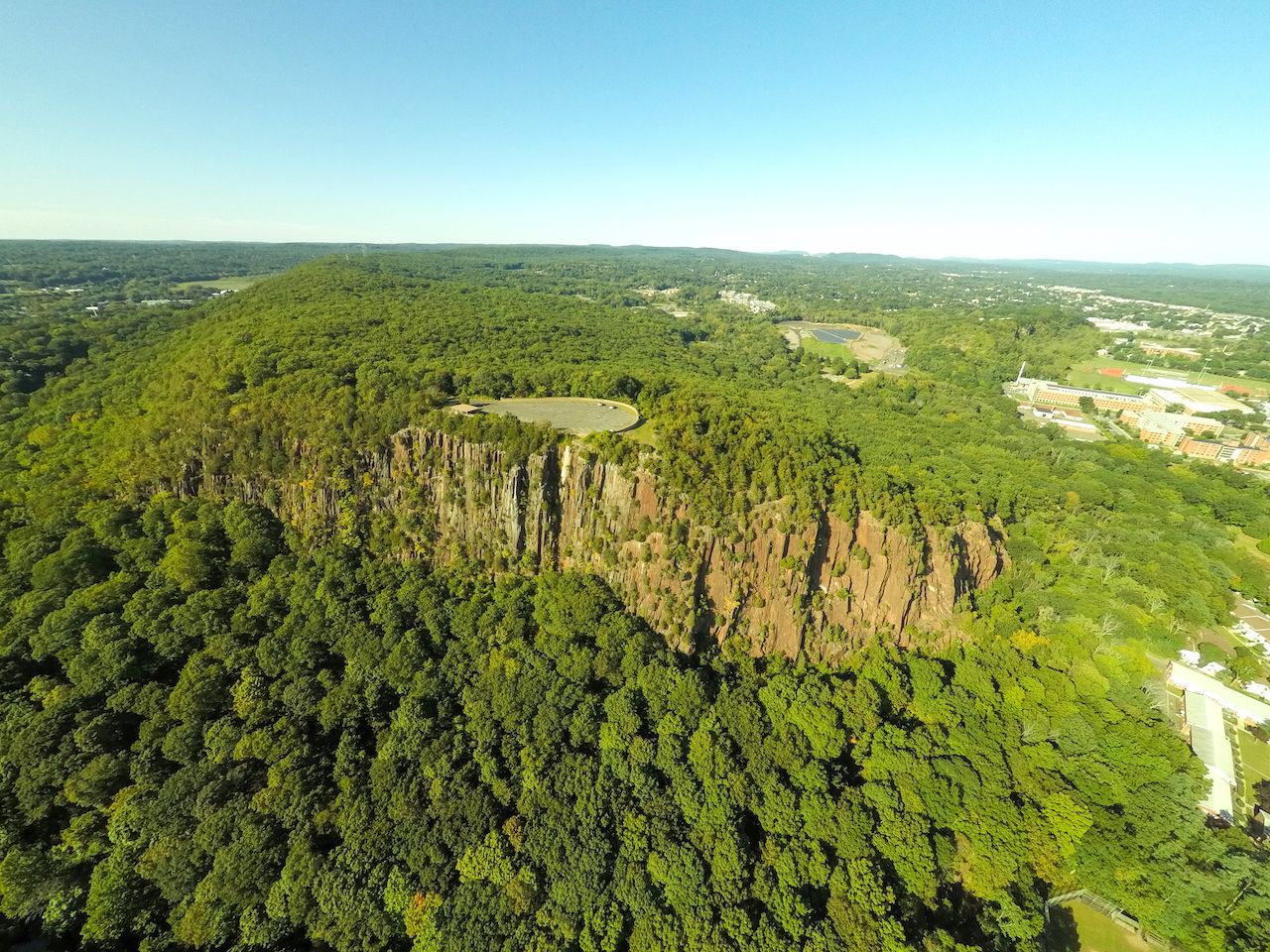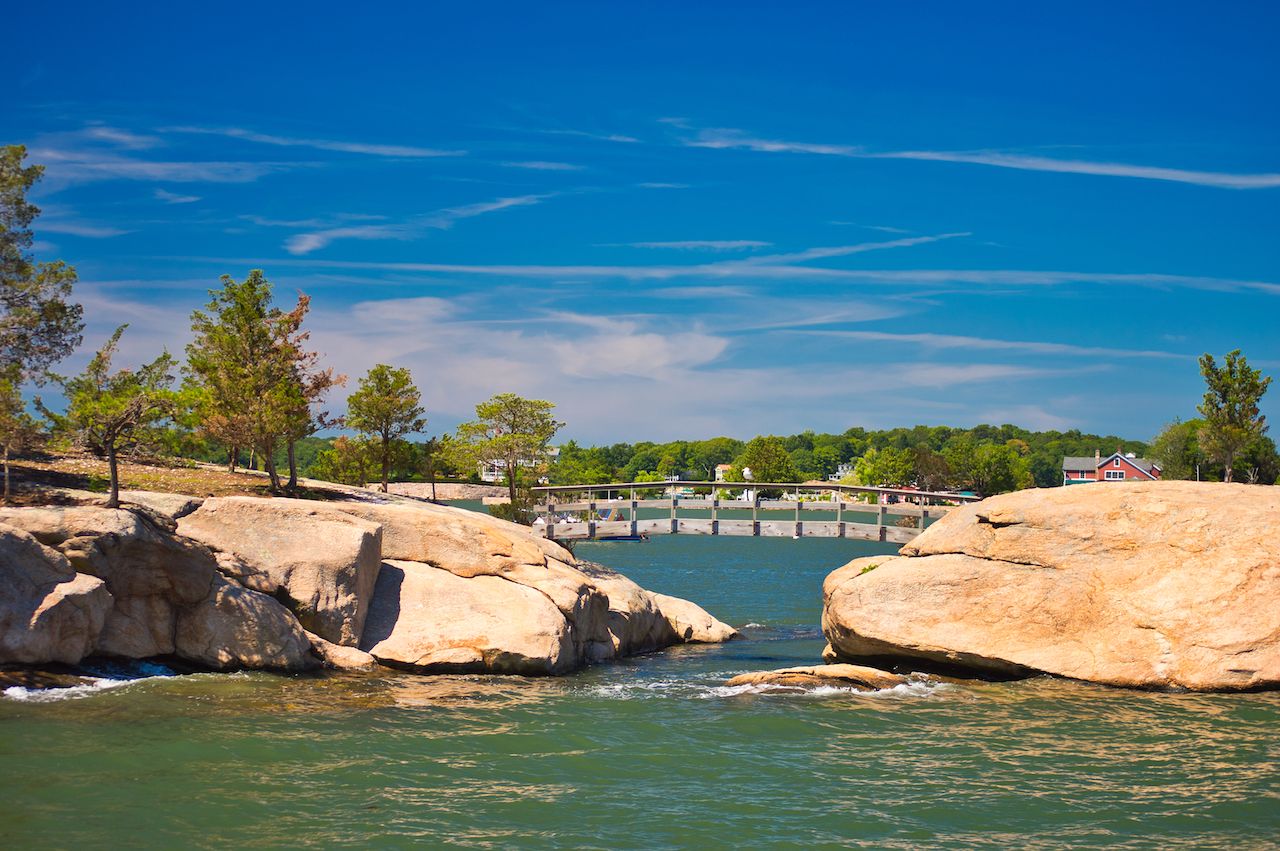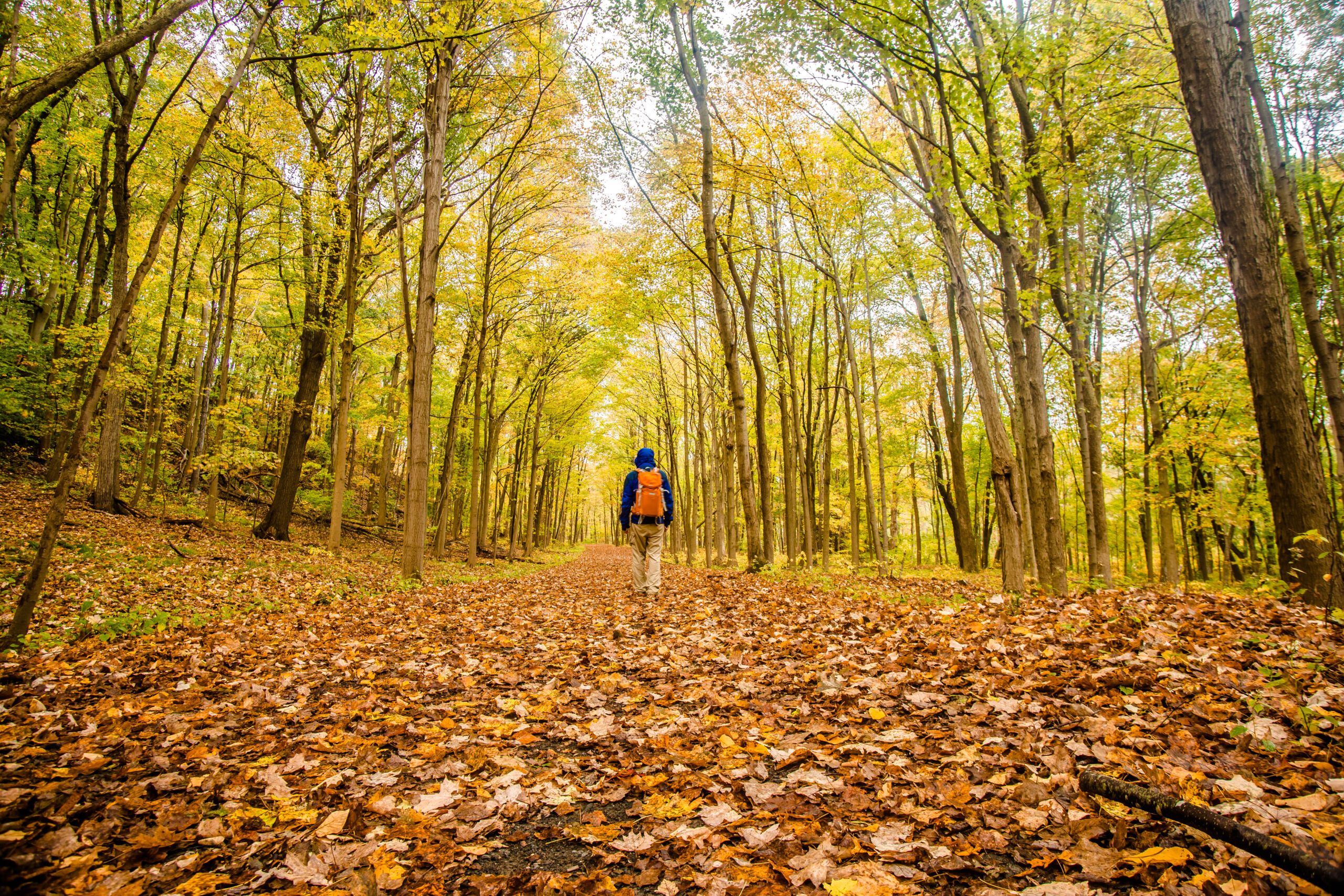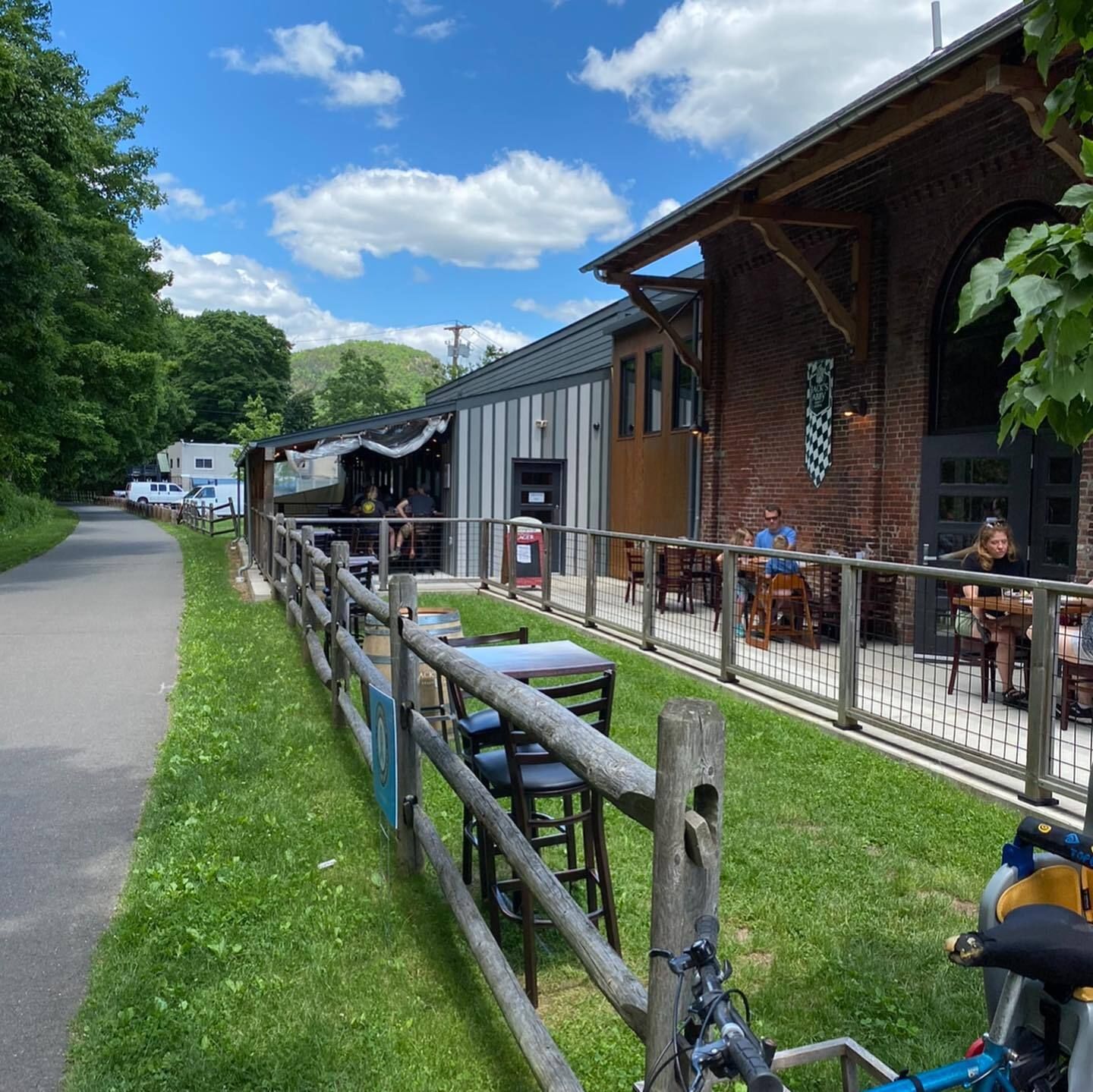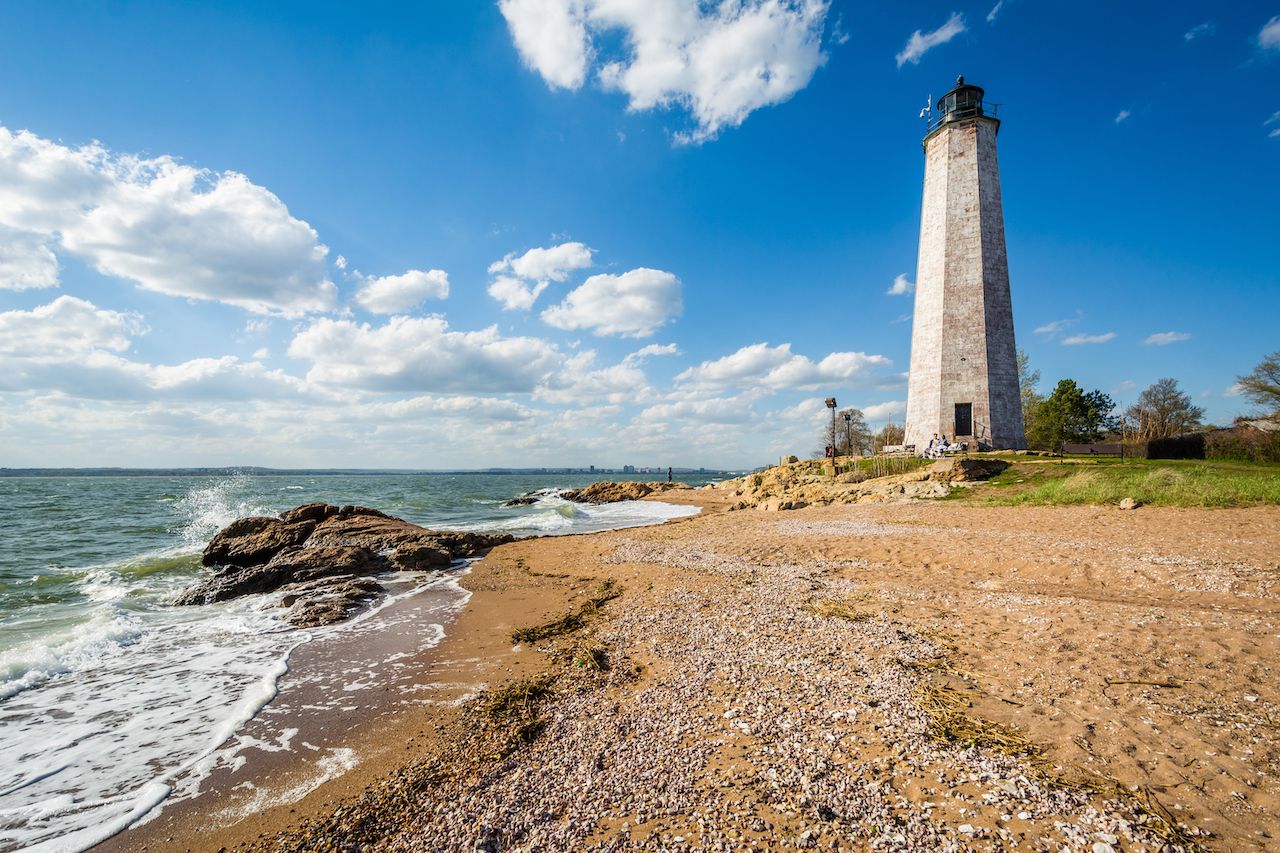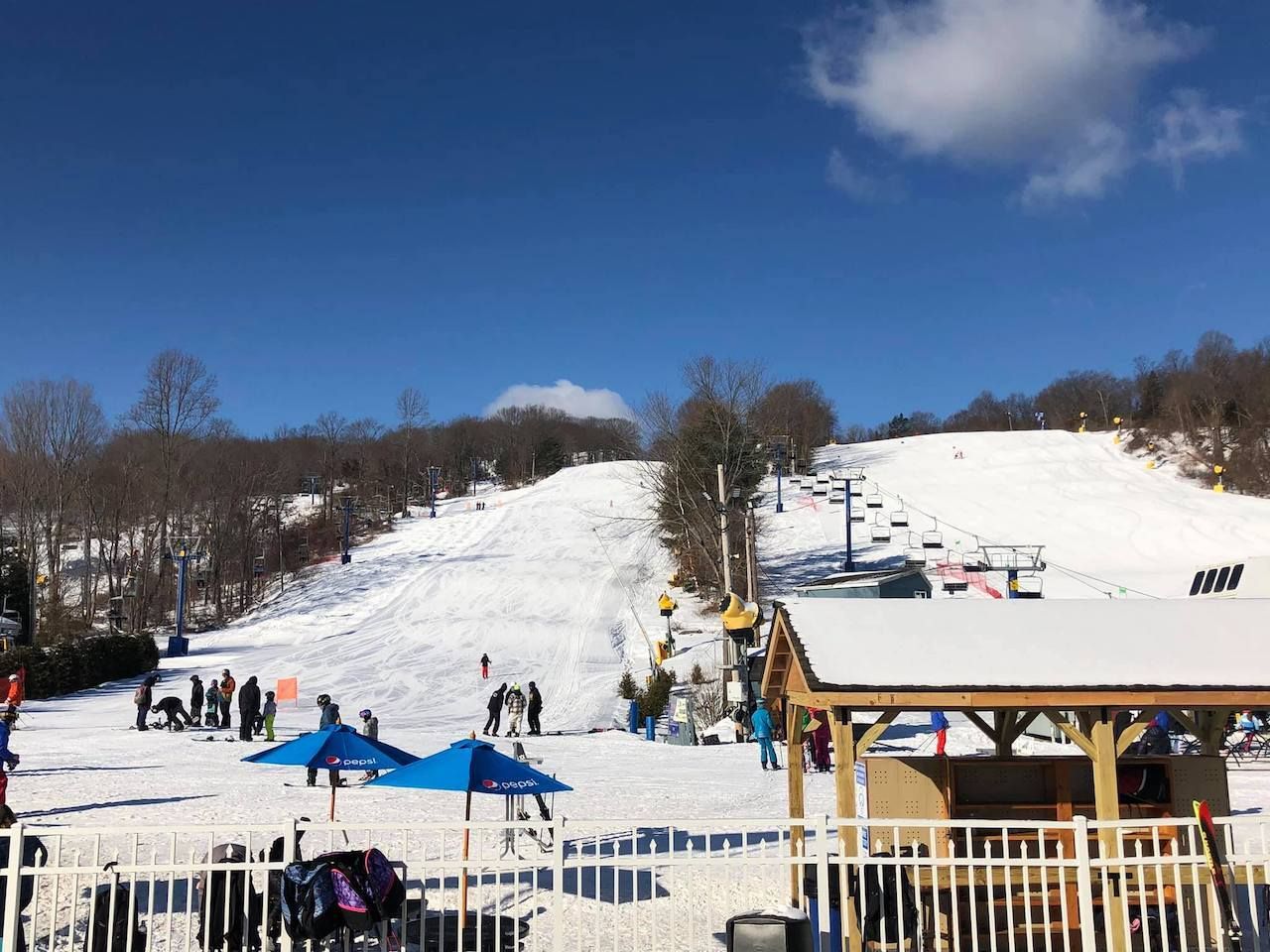New Haven, Connecticut, may be best known as the home of Yale University — even if locals point out it’s the birthplace of the hamburger (first served in 1895). And while the university is packed with cultural offerings like museums and architectural gems, and the city offers up plenty of cafes and dining options, New Haven isn’t necessarily thought of as an outdoors destination.
In fact, the city is located right on the Long Island Sound in a state that’s packed with woodlands. The West River, Mill River, and Quinnipiac River meander their way through Connecticut’s forests of beech, maple, hickory, and oak before converging on New Haven and emptying into the New Haven Harbor. With so much greenery and water, as well as small but prominent rock mountains, New Haven has plenty of ways to enjoy the outdoors — and we suggest you give them a try.
